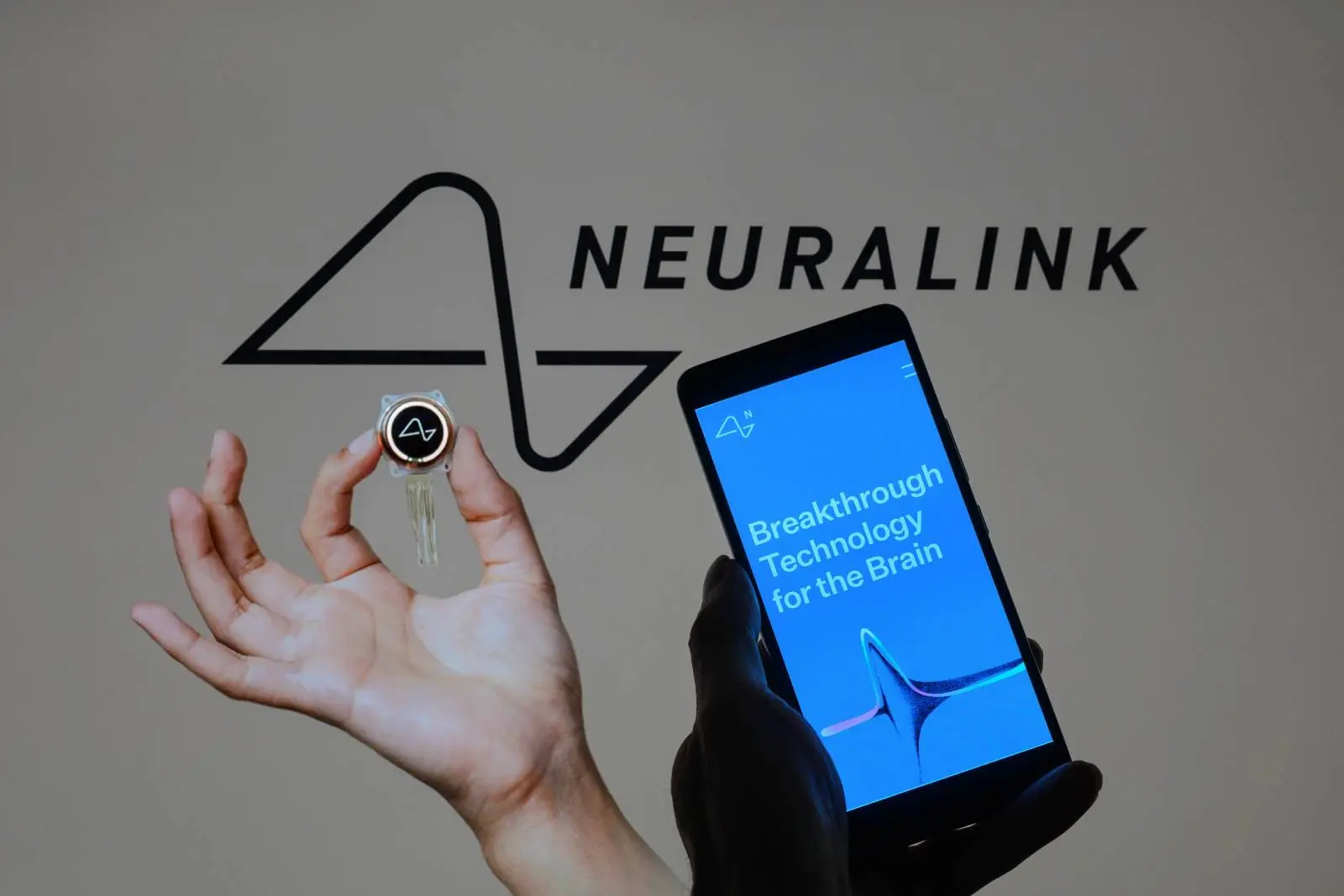
Exploring Neuralink: The Future of Brain-Computer Interfaces
In recent years, Neuralink has emerged as a frontrunner in the field of brain-computer interfaces (BCIs). Founded by Elon Musk in 2016, the company aims to bridge the gap between human cognition and technology, enabling direct communication between our brains and machines. As we delve into the world of Neuralink, we’ll explore its potential applications, the science behind it, and the ethical considerations that come with such groundbreaking technology.

What is Neuralink?
Neuralink is a neurotechnology company focused on developing implantable brain-machine interfaces. The core of their technology involves tiny, flexible threads that can be inserted into the brain. These threads are designed to read neural signals and, eventually, stimulate brain activity. The ultimate goal? To help treat neurological conditions, enhance cognitive abilities, and possibly enable seamless communication with computers and other devices.
Potential Applications
Medical Advancements: One of the primary motivations behind Neuralink is to address serious medical conditions. The technology could potentially help people with paralysis regain movement or enable those with neurological disorders, like Parkinson’s or epilepsy, to manage their symptoms more effectively.
Cognitive Enhancement: Beyond medical applications, Neuralink envisions a future where BCIs could enhance memory, learning, and other cognitive functions. This could revolutionize education and personal development.
Communication: Imagine being able to communicate thoughts directly to a device, eliminating the need for keyboards or voice recognition. This could profoundly change how we interact with technology, making it more intuitive and efficient.
Human-Machine Collaboration: As we advance into an era of AI and automation, the ability to control machines with our thoughts could redefine how we work and create. This could enhance productivity and innovation across various fields.
The Science Behind It
Neuralink’s technology utilizes ultra-thin, flexible threads that are less invasive than traditional electrodes. These threads can be implanted with a robotic system that minimizes damage to brain tissue. Once implanted, the threads can record neural activity with high precision, allowing for real-time data collection and analysis.
The data collected can then be interpreted through sophisticated algorithms, enabling researchers and clinicians to gain insights into brain function. While the technology is still in its early stages, initial animal studies have shown promising results, paving the way for future human trials.
Ethical Considerations
With great power comes great responsibility. As we explore the potential of Neuralink, several ethical concerns arise:
Privacy: Direct access to brain activity raises questions about data privacy. Who owns the data generated by our thoughts, and how could it be misused?
Accessibility: As with any advanced technology, there’s a risk that BCIs could exacerbate existing inequalities. Ensuring that these technologies are accessible to all, rather than just the privileged, will be crucial.
Identity and Agency: The ability to enhance or alter cognitive functions could lead to questions about personal identity. If technology can modify our thoughts and behaviors, what does that mean for our sense of self?
Long-term Effects: The long-term implications of brain implants are still largely unknown. We must consider the potential risks and unintended consequences that could arise from such technologies.
The Road Ahead
As Neuralink continues its research and development, the world watches with anticipation. The promise of a direct interface between our minds and machines is both exhilarating and daunting. While we may be on the cusp of significant advancements in neuroscience and technology, it is essential to navigate these developments with caution and foresight.
In conclusion, Neuralink represents a fascinating intersection of science, technology, and ethics. As we explore the potential of brain-computer interfaces, it’s crucial to engage in conversations about the implications of such advancements. With responsible innovation, we could unlock new frontiers in human capability—if we’re ready for it.
Article Contents
- Brain-Computer Interface (BCI)
- Neurotechnology
- Cognitive Enhancement
- Medical Advancements
- Ethics